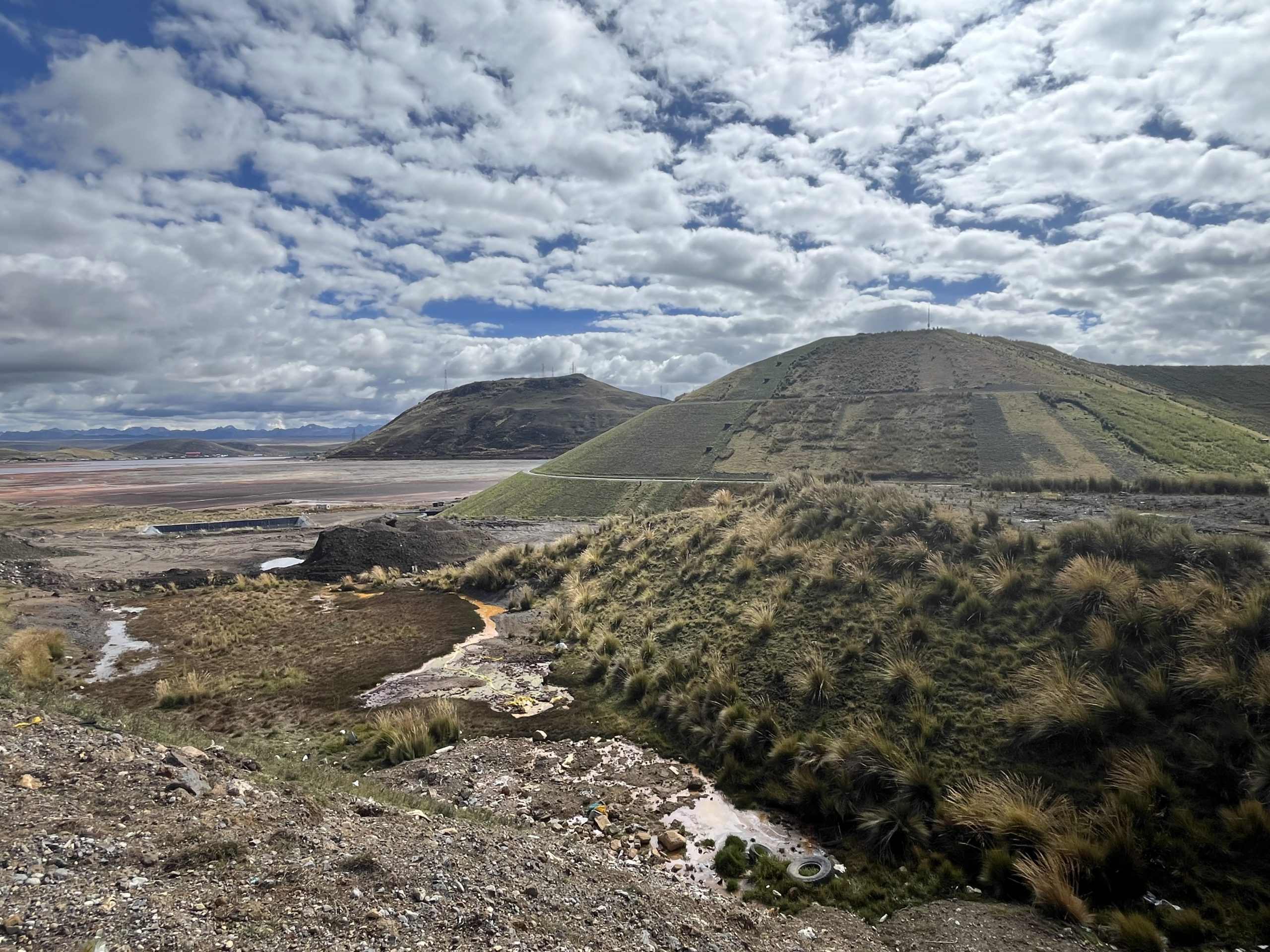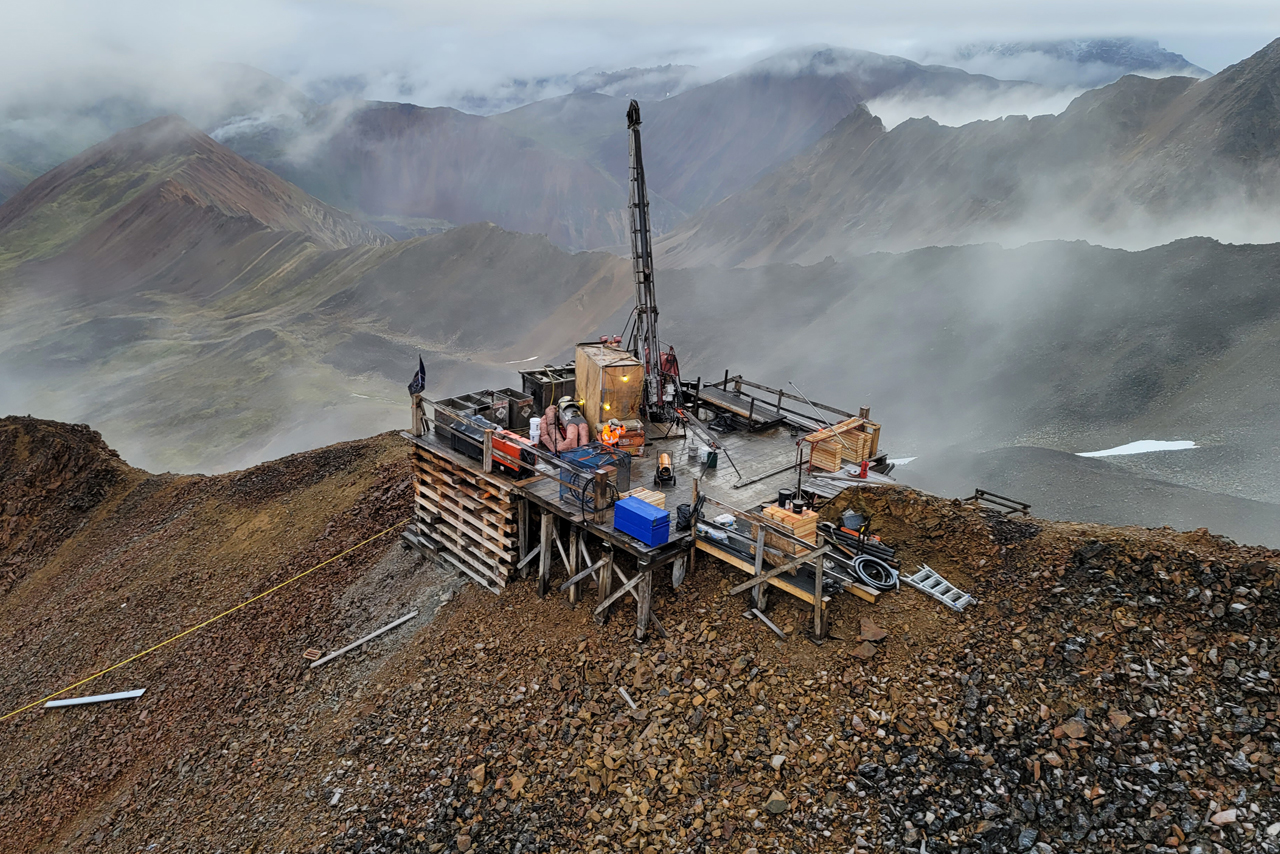The project, located between Phoenix and Tucson, will include 24 injection-recovery and monitoring wells. Copper will be recovered from the solution in an SX/EW (solvent extraction-electrowinning) plant, which is expected to reduce production costs and the environmental footprint of the project.
“We are very pleased by this decision and believe this change in approach by Council signals a new beginning,” President Stuart McDonald said in the statement. “Our expectation is that open and productive dialogue will result and that our future together is bright.”
Next phase
The next step in the permitting process is the receipt of the Underground Injection Control Permit, which Taseko expects to be issued by the US Environmental Protection Agency (EPA) in the coming months. Construction of a commercial operation could then begin later next year.
The Vancouver-based miner believes that two years of operating the test facility within the strict environmental guidelines set out in its current permits, combined with the future economic benefits from the commercial production facility, contributed to the council’s decision.
Taseko envisions a two-phase development for its wholly owned project. The first production test facility, with 24 wells and a solvent extraction and electrowinning plant, has been operating since December 2018, to generate copper cathode.
A commercial-scale facility would follow, with the permitting process aimed at transitioning the project into the second phase – this would include an expanded wellfield and plant.
Once at full tilt, Florence is expected to produce an average of 85 million pounds of copper per year for 20 years, beginning in late 2022.




